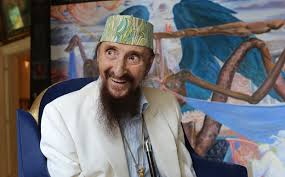
1930 - 2015
Ernst Fuchs
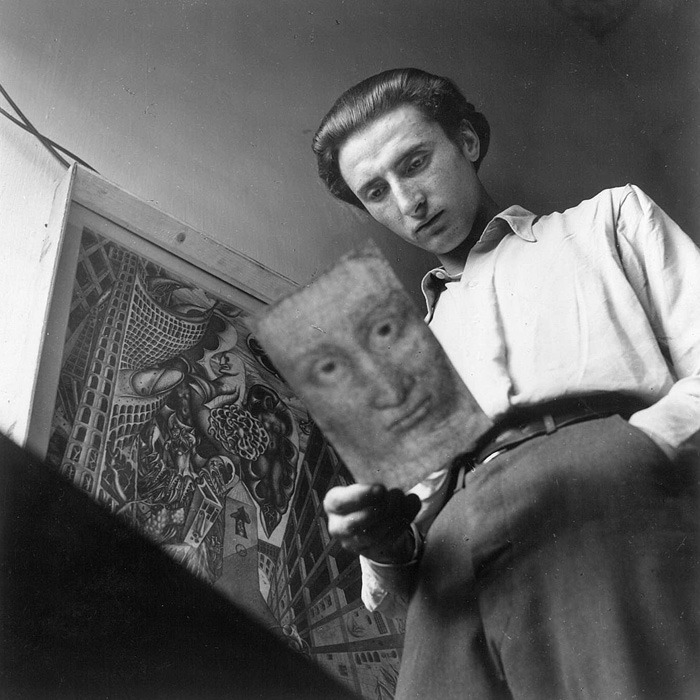
description
An Austrian artist and draughtsman of Jewish descent, engraver and sculptor, architect and stage designer, master of monumental painting and book illustration, as well as a composer and poet. Ernst Fuchs was one of the founders of the famous Vienna School of Fantastic Realism, the creator and active implementer of the Vienna Art Club and the organization “Hundsgruppe”.
The artist became world famous working in France, Germany, the USA, Israel and Spain. In 1993, Ernst Fuchs was one of the first Western artists to be honored to hold a large retrospective exhibition at The State Russian Museum in St. Petersburg; later his exhibition was held at The State Tretyakov Gallery in Moscow. The master who opened his exhibitions noticed, “One of the highest manifestations of art is Old Russian painting”.
The artist, whose paintings impressed his friend Salvador Dali, purchased and restored the Villa of Otto Wagner in Hutteldorf, where he organized The Museum of Ernst Fuchs in 1988. It is currently one of the largest cultural centers of Austria and represents the largest collection of the paintings of the master whose nickname was Fire-Fox.
The painting of Ernst Fuchs is hoax and dissonance, challenge to society (especially in the nude genre), but at the same time a continuous and creative dialogue with old masters. Incredibly famous and productive Austrian master created works in absolutely different art genres – from incredibly skillful paintings and architecture to literature and music.
Key ideas:
– The thematic worlds of the young artist are defined by the Christian and Jewish mysticism, as well as a deep psychology, reflecting the pain and suffering caused by world wars. Fuchs created series of expressionistic works, with which he participated in the first post-war biennale in Venice.
– In his mature period, the artist worked in the style he himself invented, which I. Muschik first called “fantastical realism” at the end of 1950s. This special branch of Surrealism, keeping its challenges and provocations, implies art interactions of painting with modern radical art movements.
– In an effort to achieve bright lighting effects, seen from such old masters as Durer and Grunewald, Ernst Fuchs revived the mixed technique: he used egg tempera to create the volume, and then glazed the painting with oil paints, mixed with resin. The created effect resembled a gem.
– The artist studied the symbols of alchemists, adding images actively used by Manerists, especially by J. Callot, and also by Jan van Eyck and Jean Fouquet, whose works had a great influence on Ernst.
– The artist’s images were mystical visions depicted realistically. His art was perpetuated in traumatic memories of war, from which the artist attempted to escape in his fantastic paintings. He said that prince Myshkin created his spiritual homeland.
1930
1942
1945
1948
1949
1956
1962
1973
1988
1990
1993
2001
2015
The artist was born
Learnt the basics of drawing from A. Schiemann

Fuchs became the youngest apprentice of legendary professor Albert Paris Gütersloh

Ernst Fuchs founded “The Vienna school of fantastic realism”

He settled in Paris

Moved to Israel

«Architectura Caelestis»

Fuchs purchased the Villa of Otto Wagner in Hutteldorf
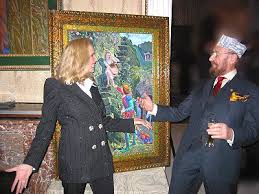
Opened his private museum “Wagner’s Villa”
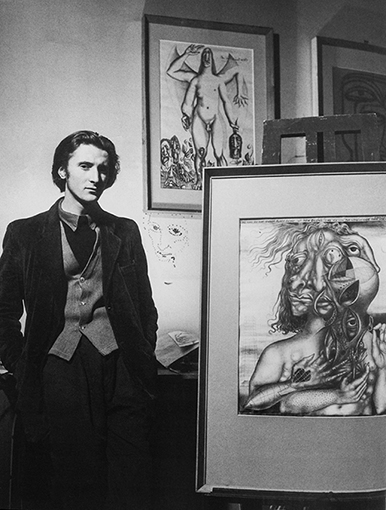
Started working at the Klagenfurt Apocalypse Chapel
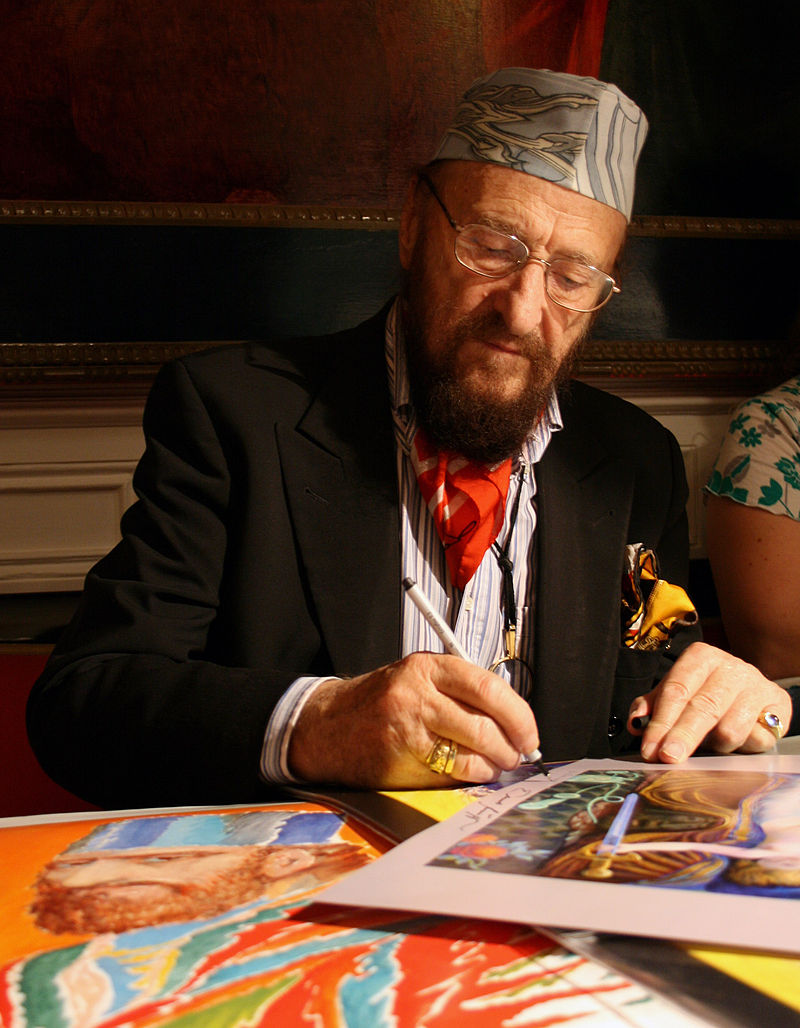
The first exhibition

An exhibition of Fuchs was held at The State Tretyakov Gallery

The death of the artist

Ernst Fuchs
On Artist
flow
Fantastic realism
Expressionism
Symbolism
Dada
Surrealism
friends
Giorgio de Chirico
Felice Casorati
Salvador Dali
artists
Gustav Klimt
Egon Schiele
Edward Munch
Henry Moore
Pablo Picasso
Jan van Eyck
Jean Fouquet
By Artist
flow
Abstract expressionism
friends
Arik Brower
Rudolph Hausner
Wolfgang Hatter
artists
Friedensreich Hundertwasser
Adam Rainer
Zvi Mallovicer
De Es Schwerthberger
